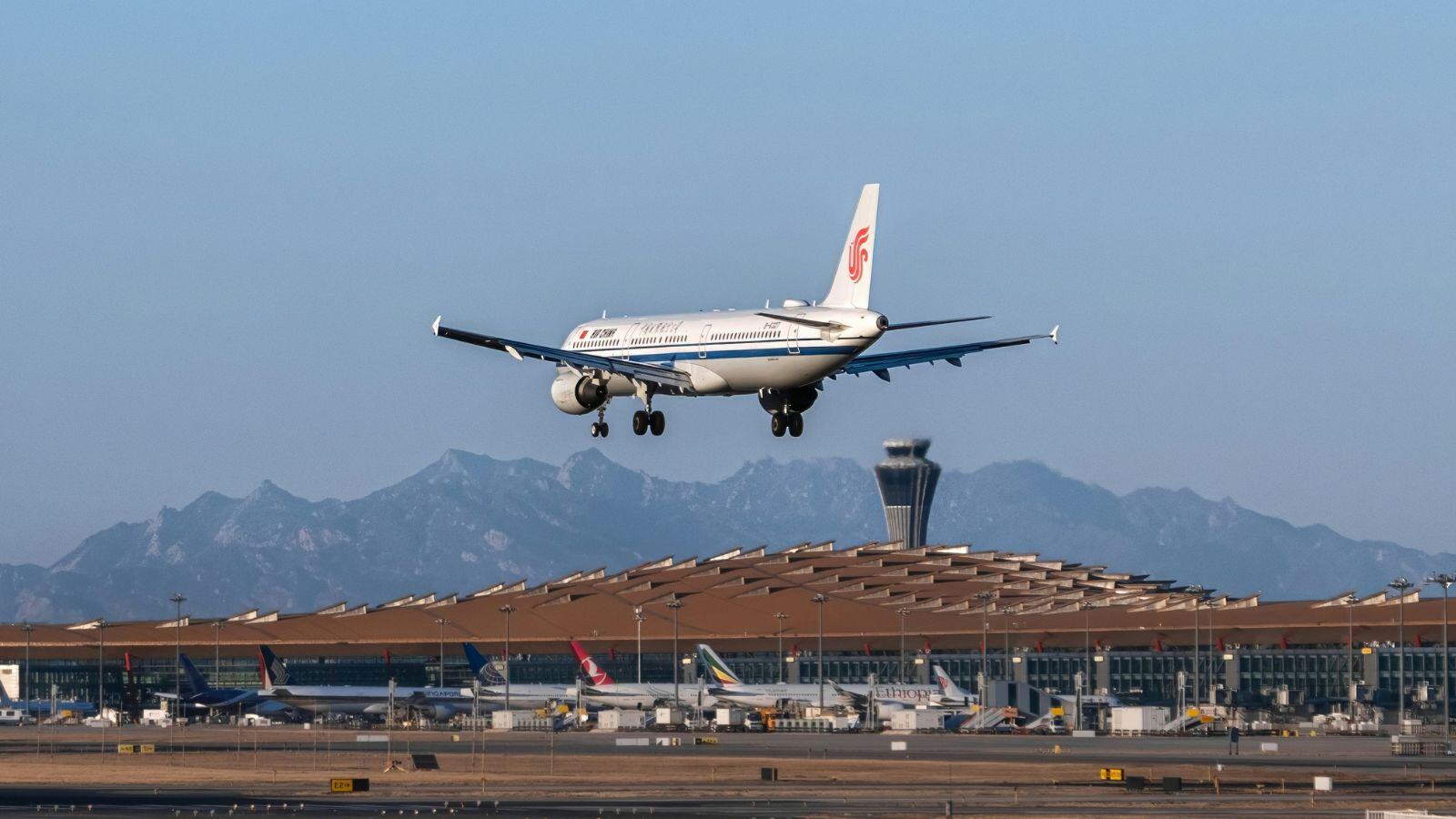The missing piece of the pandemic recovery jigsaw was the reopening of China and the flood of expected Chinese travellers once again hitting the beaches of Thailand, the classic sights of Europe or visiting friends and family in Australia and North America. An earlier than expected announcement of borders reopening in January 2023 from the Chinese authorities came with some restrictions, but nevertheless some tourism boards in South East Asia had high hopes of seeing Chinese tourists back by the end of 2023, and certainly by the middle of this year. That’s proven not to be the case despite the wider rebound of capacity in Asia, so what is holding international capacity to China back?
The Economy Doesn’t Help
Compared to most recent historic growth rates China’s economy is on a slowdown with GDP forecast to be around 5% this year and 4.5% in 2025. But comparatively those growth rates are pretty good, as global GDP is expected to be around 3.2% suggesting that China will be one of the stronger markets this year.
However, consumer confidence has been hit, interest rates are relatively high, disposable income tighter than for many years and many families are encouraged to holiday within China. With international travel still perceived as a luxury rather than a necessity there is clear pressure on discretionary spending and that has hit the outbound market harder than perhaps anyone anticipated.
Soft Politics Also Play a Part
The geo-political post-pandemic reset has also not helped the recovery - although not all of that involves China. The loss of Russian overflight access for many global airlines has cost, both in direct operating costs and in crew and asset utilisation because of those longer sectors. For many European airlines that additional burden has made them think long and hard about rebuilding their Chinese networks with some carriers electing to scale back operations or even withdraw from the market.
At the same time adjustments to bi-lateral agreements during the pandemic and reductions in permitted frequencies have had an impact. In summer 2019 there were some 10,400 flights from China to the USA of which 61% were operated by Chinese carriers, this summer there are 2,500 flights with Chinese airlines’ frequency share falling back slightly as they max out on their permitted frequencies. Certainly, in the short-term it is unlikely that the US authorities will permit additional frequencies for Chinese carriers as the election nears; any changes before Summer 2025 are hard to imagine. But against a tide of challenges and factors outside of their control China’s airlines are adopting a “build it (or fly it) and they will come” approach to network expansion. Desperate for hard currencies, they are rapidly expanding their long-haul networks where possible, regardless of current demand.

Rapid International Expansion From China
Capitalising on their continued operation through Russian airspace, Chinese airlines have spent the last twelve months rapidly building new services to major regional markets where bi-lateral issues do not exist. In the table below we have compared scheduled frequencies from Chinese airlines to major markets this summer against both last year and summer 2019 - the levels of frequency growth are staggering in some cases.
While North America grabs the headlines in terms of percentage increase season on season, it needs to be remembered that a slow easing of bi-laterals and permitted frequencies are probably supressing what could be an even larger increase if 2019 conditions existed. In total six regional markets have seen over a 50% increase in flying from Chinese airlines since last Summer, with a combination of new regional growth markets such as Central Asia and the Middle East competing alongside some of the more established regional destinations such as Western Europe. In total, with the addition of Eastern/Central Europe, there are now four regional markets that in frequency terms are ahead of their Summer 2019 levels. Some of the growth in Europe may well prove to be short-term in its operation if demand does not build quickly.
Since summer 2023 the number of scheduled flights from Chinese airlines to Europe has increased by 74% with an additional 6,331 flights planned - the equivalent to thirty flights a day - and comfortably outstripping the Summer 2019 level by 16%. London has now become the major gateway for services from Chinese airlines with 35% more flights than the last Summer season. Paris, previously the market leader, has now fallen back into fourth spot and is the only major city reporting a reduction in frequency. Italy has always been a popular destination for the outbound China market and frequently is the start or beginning of a European road trip, so increases in capacity to both Rome and Milan are not surprising.
What is surprising is the range of new markets added this year compared to previous years. Five new destinations of which Yerevan is perhaps the most surprising although equally secondary cities such as Marseille and Venice now have connections to China. Zurich on the other hand is yet to be reserved post-pandemic, although Geneva has a healthy 63% more flights than in 2019.
For the Chinese airlines it seems that a lot of hope is being placed on Europe as a means of generating hard currencies while capitalising on the Russian overflight block for their direct competitors. The level of that frequency investment is highlighted in the table below which shows the number of scheduled flights planned over the summer for each Chinese airline. Three carriers have more than doubled their operations to Europe year on year. Juneyao Airlines leads the way with an additional 254 flights through a combination of new market entry points such as Manchester, Athens and Brussels coupled with a small capacity increase to Helsinki. Shanghai Airlines are another airline investing heavily with their Marseille service which operates three times weekly.
At a purely commercial level, it is a real challenge for China’s airlines to break out of the current market conditions, operating losses and weakness in hard currency-based revenues. The market backdrop certainly doesn’t help their cause. Focussing on European markets, taking advantage of shorter sector lengths and on operating costs may seem a way forward, but underlying that is the big question of whether the market will respond without massive price stimulation. Only time will tell if that is the case but a “fly it and they will come” approach relies on a huge leap of faith for all.



